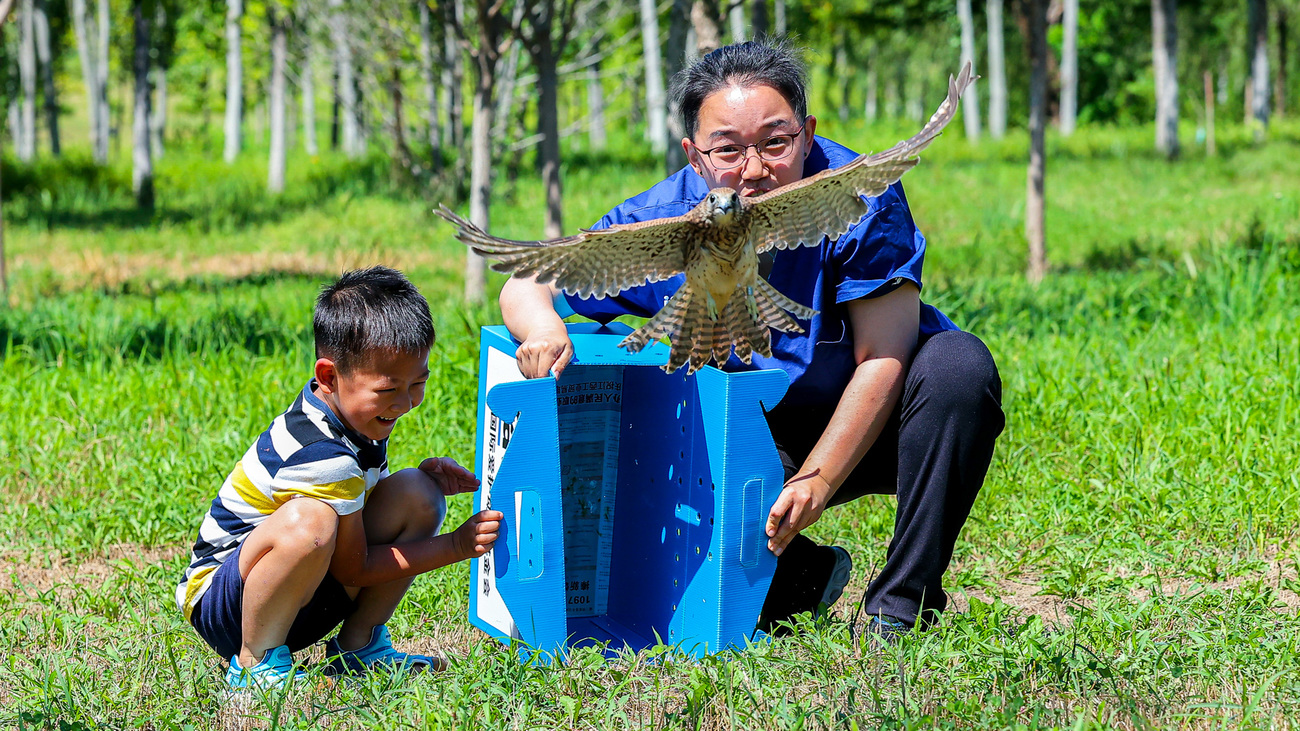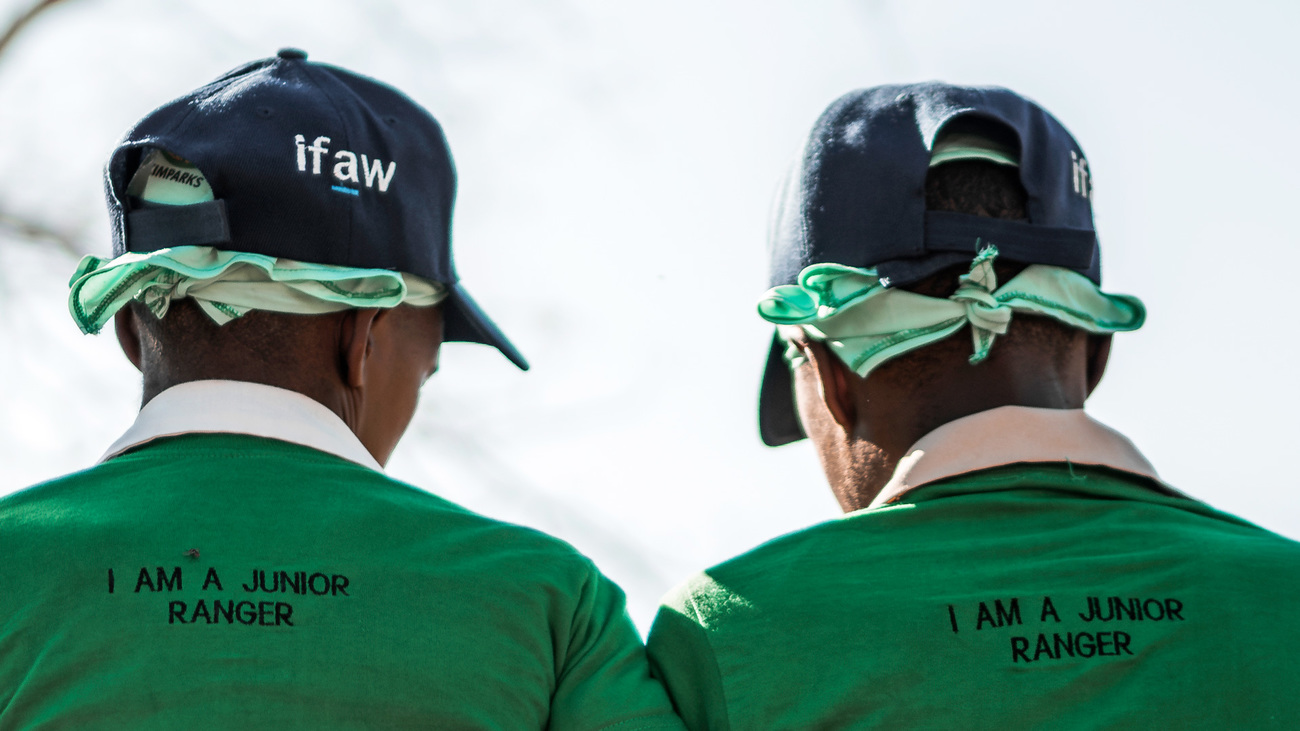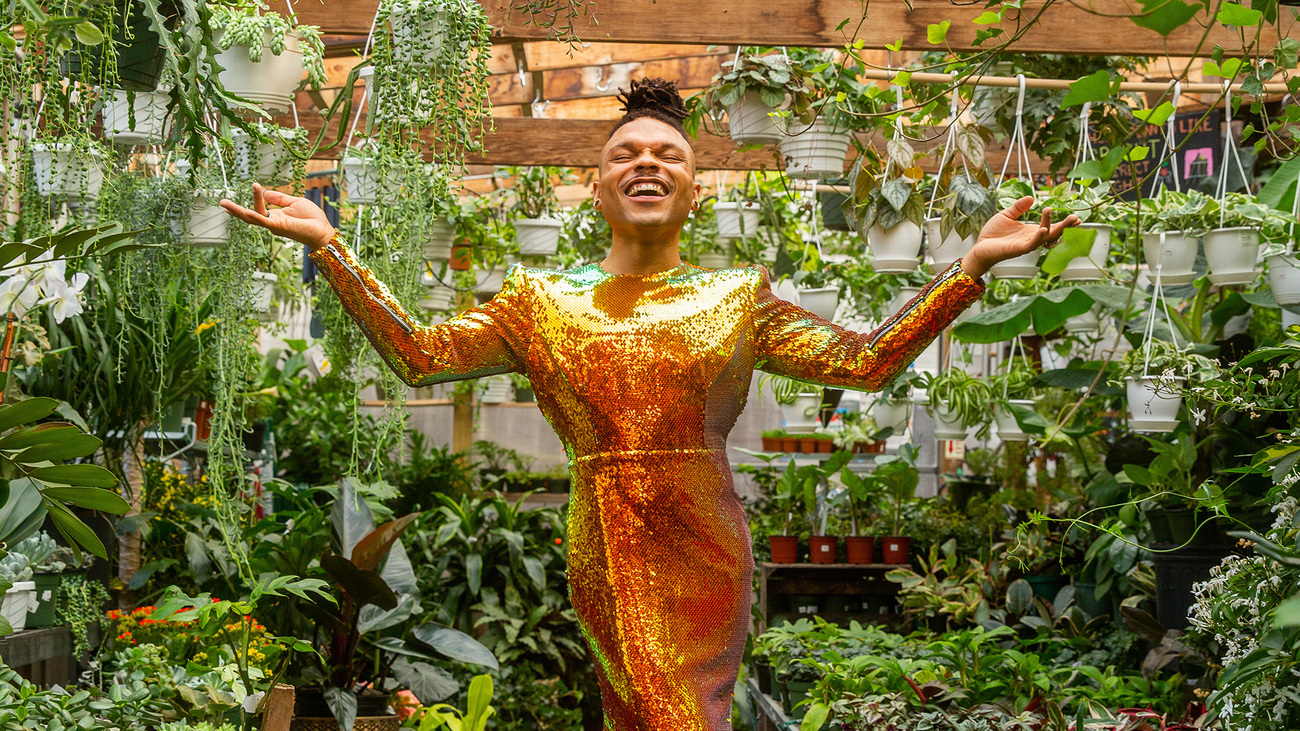Blog
What is Earth Day?
Read moreYouth for nature: How the next generation can lead the charge for biodiversity and climate action
The impact of climate change and environmental degradation has never been more obvious. 2024 has been officially declared as the hottest year on record, Antarctic sea ice ran near record lows, and over 44,000 species are currently at risk of extinction.

These crises of biodiversity and climate change are closely interconnected. When we lose animal and plant species—and disrupt the delicate balance of global ecosystems—we accelerate climate change. Rising temperatures then further impact habitats, making it more difficult for animal and plant species to find food, reproduce, and maintain their genetic diversity.
To face these crises, we need fast and far-reaching solutions. Not only are younger generations most at risk from future changes in the climate, but today’s youth are also uniquely positioned to lead the way for climate and conservation action.
We often speak on how the climate and biodiversity crises need help from corporations, governments, and stakeholders who can provide the necessary finance and influence policy decisions—and while this is certainly true, youth can also play an important role in this uphill battle to save our planet. Here are a few reasons why:

Younger generations are already proving their ability to drive environmental movements and make real change within their communities and beyond. Here are just some of the things young people are doing to fight for a greener future.
In 2018, at the age of 15, Greta Thunberg held the first ‘School Strike for Climate’ outside the Swedish parliament. Her actions drew the attention of the world’s press and soon hundreds of thousands of young people around the world joined her. They refused to attend school on Fridays and instead, marched in protest to demand that politicians take climate action.
She has also addressed politicians at events like the UN climate action summit in New York. Since leaving school, she continues to take part in environmental protests around the world.
Greta Thunberg has done an excellent job of raising public awareness of climate change and giving young people across the world a voice. This ‘Greta effect’ has encouraged many more young people to add their voices to the fight.
Via countless climate organizations across the world, young people are making their voices heard at local, national, and global levels. Some of the biggest youth organisations include Earth Uprising, Youth4Nature, and the UN’s Youth Advisory Group on Climate Change.
These groups send youth delegations to events like Climate COPs where they can help shape the global movement for climate action. They’re launching pilot programmes to test out climate solutions in addition to lobbying politicians, educating the public, and designing community-based climate projects.
By spreading awareness on social media, young people are helping educate and inspire the public on environmental issues. Here are just a few of the people leading the way.
Xiye Bastida (@xiyebeara on Instagram) is a 22-year-old climate justice activist, Indigenous rights advocate, and storyteller. She previously organised with Fridays For Future and now has founded the Re-Earth Initiative, an international youth-led organisation that supports youth in 27 countries. In 2020, Xiye hosted a TED Talk titled, ‘If you adults won’t save the world, we will’, emphasising the power of youth movements in the fight to protect the planet. Xiye also narrated the 2024 film Way of the Whale, which documented the connection between humans and whales on the coast of Baja California, Mexico.
Known online as Plant Kween, Christopher Griffin is a Brooklyn, New York-based influencer and author of You Grow, Gurl!—a guide to becoming a plant parent. They combine their love of nature, fashion, travel, and education into one mission on their Instagram account, @plantkween. Christopher started their account to share their love for the wonders of plants and the lessons they’ve learned from growing a plant family. They also help engage their thriving community with environmental issues, inspiring people to reconnect with nature and live more sustainably.

Inspired by the examples above? There’s so much you can do as a young person to support biodiversity and climate action.
World Wildlife Day is celebrated on 3 March every year. To commemorate this special day, IFAW is hosting our annual World Wildlife Day Youth Art Contest.
This contest, held in partnership with the Secretariat of the Convention on International Trade in Endangered Species of Wild Fauna and Flora (CITES) and the United Nations Development Programme (UNDP), is open to young artists aged 4 to 18.
Every problem has a solution, every solution needs support.
The problems we face are urgent, complicated, and resistant to change. Real solutions demand creativity, hard work, and involvement from people like you.
Unfortunately, the browser you use is outdated and does not allow you to display the site correctly. Please install any of the modern browsers, for example:
Google Chrome Firefox Safari